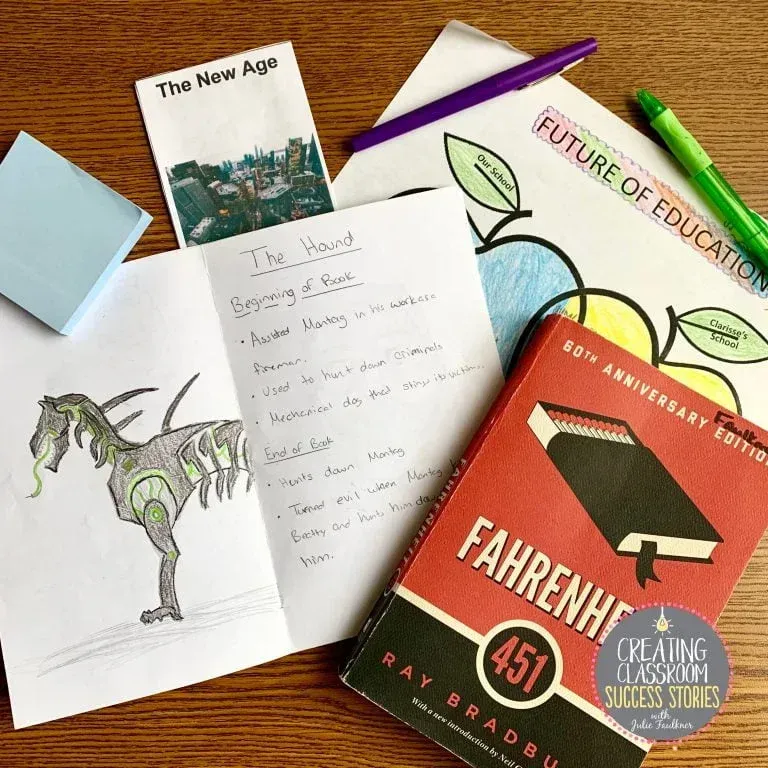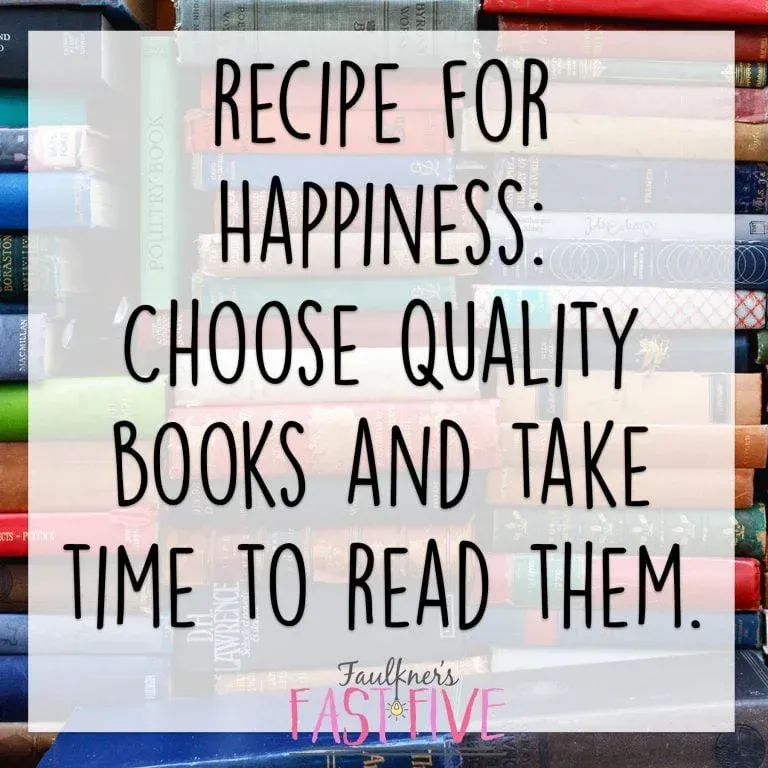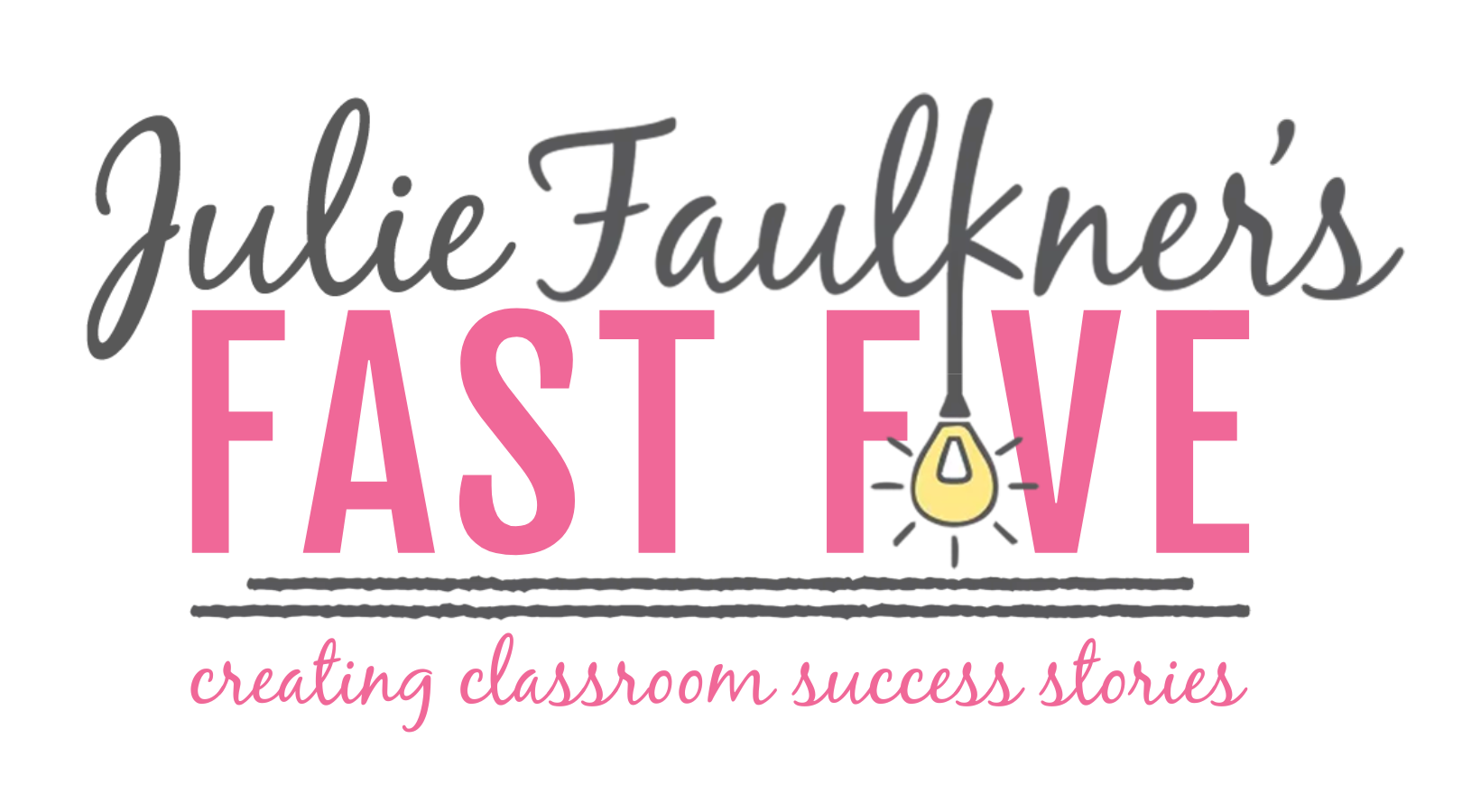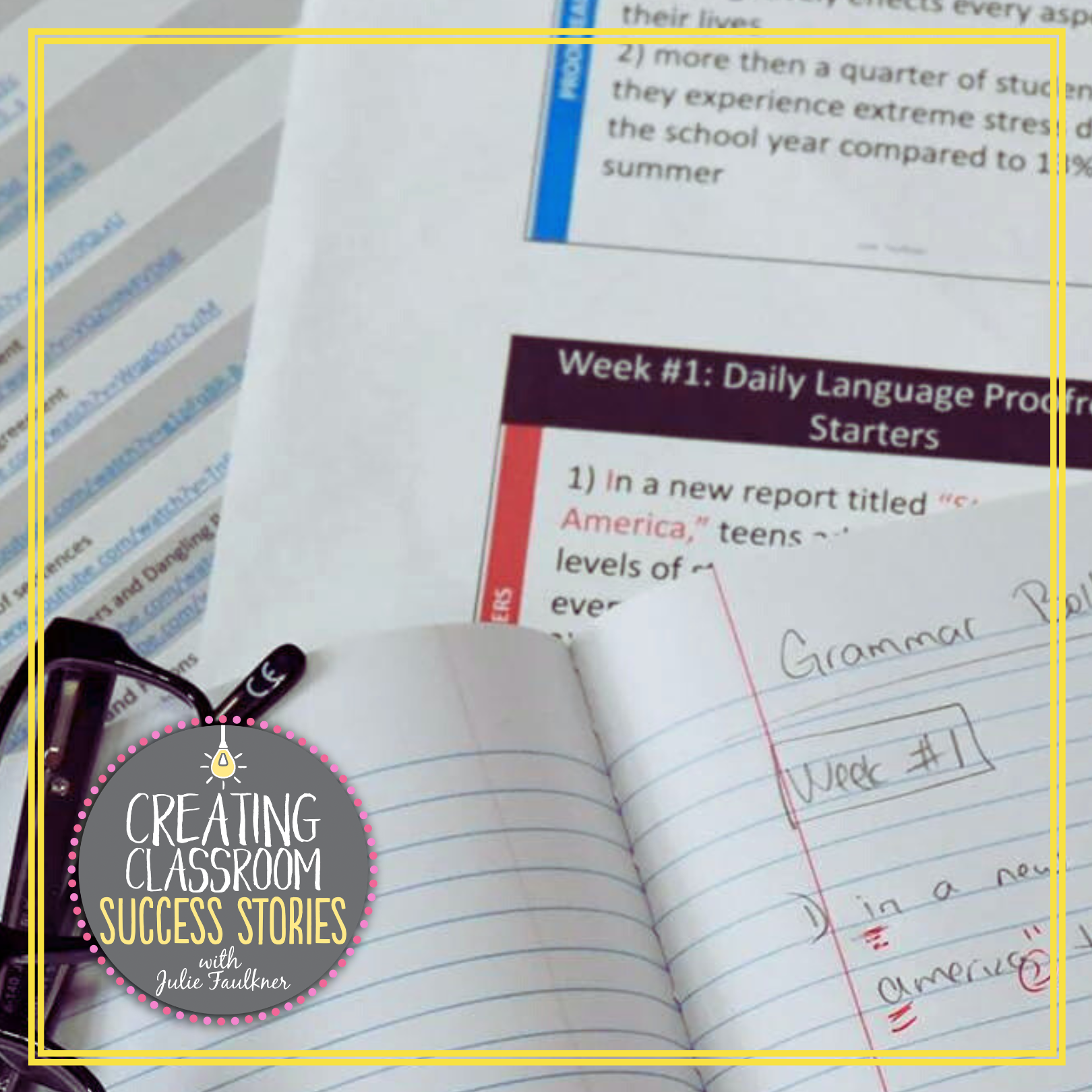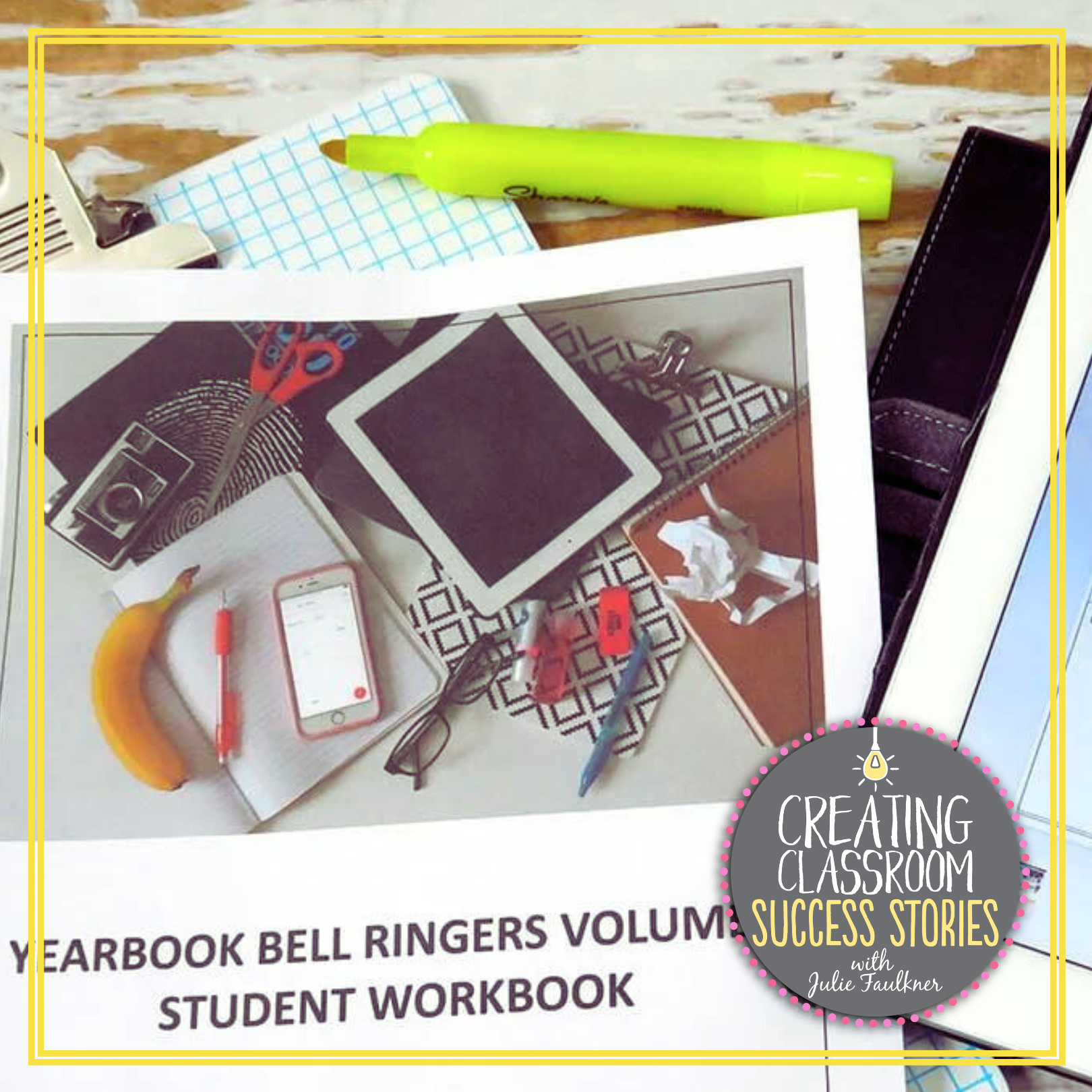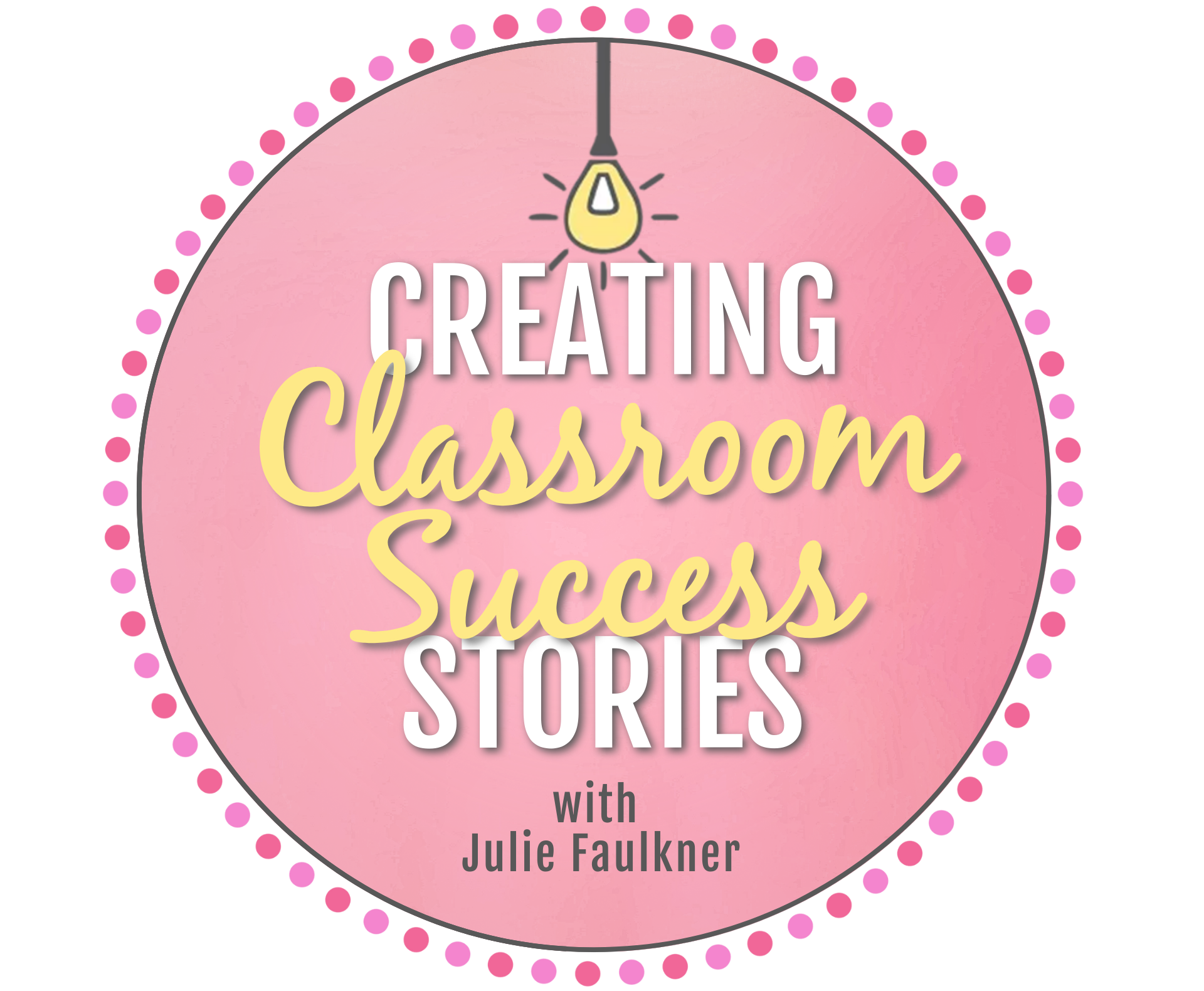What Not to Miss When
Teaching Fahrenheit 451
There is so much to teach and learn when reading Ray Bradbury’s magnum opus: Fahrenheit 451. I’m compiling this list of not-to-miss points when teaching Fahrenheit 451 after having taught it for years and years, but also with the disclaimer that every time I teach it, I see something new. However, these five aspects of the book surface each time through as the topics that spark the most learning and enjoyment.
1. The Language & Allusions
I suppose this wouldn’t be a proper English-teacher approved blog post, if I didn’t include the beautiful word choice, figurative language, and carefully chosen allusions throughout. One criticism or challenge students might face with this novel is Bradbury’s “overuse” of figurative language; it can often be difficult for readers to wade through. Thus, I provide students with a list of the figurative language from each section, and they identify what type of figurative language that is used. Sometimes students do that alone for a grade or in the form of my beautiful Fahrenheit 451 coloring sheets. Other times, we do it as a game in groups: I set a timer and they identify as many as they can before the timer goes off. (Use a song about fire as a timer for thematic fun!). Even though identifying the types of figurative language is not an “application” level task, it teaches students to notice the language as they read. In turn, that creates reading with a more critical eye and allows them to see patterns, themes, symbols, and more – which is a higher level skill. In this book, that is really important as Bradbury uses the figurative language to illuminate major themes and concepts such as in the way he describes the book pages as feathers early in the novel, which connects to the Phoenix allusion later on, for example. The allusions in the novel also add layers of meaning. Of all the books and mythology mentioned, Bradbury chose each one carefully, I believe. In my Complete Unit Guide for Fahrenheit 451, I provided tools for figurative language and allusions.
2. The Predictions
In the early 1950s when
Fahrenheit 451 was published, it was considered a science-fiction novel, and it typically still is considered as such. Bradbury stated in interviews that his primary motivation for writing Fahrenheit 451 was concern for “how television destroys interest in reading literature.” With that fear as the guiding conflict, he traced the implications of too much television on a society… but not just television. I picture him wondering “Where could this talking box take us? and What else could possibly be invented?” What we got was the picture of a dystopian society that is frighteningly all too familiar to us less than 100 years from then. These “predictions” of technological advancements and the state of humanity ultimately serve as warnings to our culture and our students’ generation. That’s not to be missed. In fact, it’s so important to me that I close my unit by having students investigate those predictions (earbuds, robot dogs, smart homes, etc.) to determine if they are really predictions or not. That short research project is included in my Complete Literature Guide for teaching Fahrenheit 451. By completing the project students note how the “predictions” really do come true and that they weren’t really all that far-fetched to begin with. We discuss, then, how that allows us to truly connect with the text, and it really does become the mirror that Bradbury intended.
3. The Motif of Fire
I am a fan of tracking while reading novels. Just ask my students — insert eye roll from them here. But now, every time we start a new text, they ask me “What are we tracking this time?” Truthfully, even though they may not enjoy the discipline of the tracking process, they do enjoy seeing how a motif, symbol, or character can be developed throughout the course of the novel. It keeps them tied to the novel in a meaningful way and keeps them alert while reading. I also like that it teaches the practice of annotation and since it’s so specific, it’s perfect for struggling readers. Advanced readers also excel with this type of practice because they begin to see the connections quickly. With Fahrenheit 451, we track the motif of fire, flames, burn, burning, heat, sparks, and the like. It may seem “typical” or “obvious” to track fire, but Bradbury is both implicit and explicit in his use of this motif, and I want my students to pick up what he is putting down. Throughout the course of the novel, students begin to see how the use of fire changes from something destructive in nature to an entity that provides warmth and new beginnings. Through tracking, students will also be able to see how each of the sections in the book end in fire, and in that, they’ll really begin to appreciate the writer’s craft. I also have students note Bradbury’s choice of section titles as part of this exercise. A fire tracker along with prompts about fire are included in my
Complete Literature Guide for teaching Fahrenheit 451, or just have students grab a sheet of paper and make a list as they read.
4. The Themes of Emptiness and Happiness
A case could certainly be made for many more themes than just emptiness and happiness, but I think these two concepts bookend the novel. As a pre-reading exercise, I have students write in response to a quick journal prompt: The word empty is mentioned forty-three times in the text of the novel. It is safe to say that Bradbury intended this emptiness to be a theme throughout the text. So, how do we get to this place? How do we get so empty? Write about a time when you felt empty. What filled your bucket back up? Students make text-to-self connections right away as well as tuning into this theme right away and what causes this internal conflict in the characters. About half way through the novel, I have students do another prompt on happiness: When Montag first met Clarisse McClellan she asked Montag is he happy. Now that you’ve seen the plot and conflict develop, is it happiness that Montag needs or something else? Explain. (This prompt and others are included in my Complete Literature Guide for teaching Fahrenheit 451.) Despite the heavy warnings fused throughout the text, I don’t think Bradbury wanted to write a tragedy; I believe he wanted to show the causes and effects of darkness in order to inspire the light. It was Faber who gave us the recipe for happiness: choose quality books and take time to actually read them.
5. Censorship
I can’t imagine a world where people don’t want books, but I don’t live under a rock, either. As an English teacher, I regularly face resistance to reading from my students, and I see them moving further and further away from choosing to read. Books introduce ideas; they enable to us to travel to new places and meet new people; they give us education; they move us; they make us think; they make us look more closely at ourselves, which is what I think this book does so well. Bradbury’s gift was being able to look at the world around him and wonder… “what if?” and “why?” Ultimately, controlling books through censorship removes a sense of wonder from the world, and if nothing else, I want students to walk away from a unit on Fahrenheit thinking critically and knowing it’s ok – and encouraged – to wonder. After all, “There must be something in books, something we can’t imagine, to make a woman stay in a burning house.” I love doing my banned book project around Banned Book Week that asks students to research why certain books have been banned throughout history. This project is included in my Complete Literature Guide for teaching Fahrenheit 451.
There’s so much within the pages of this beautiful novel that it was really hard to narrow it down. One important thing to remember, though, when planning a novel unit is to ask yourself “Why?” What really do you want to accomplish with the novel, and go from there. It’s easy to want to include it all, but that is only frustrating for you and your students. While it was Bradbury that said, “Quantity produces quality,” it isn’t necessary to cover all the things with everything you read, it’s just necessary to cover everything with all the things you read. So, read all the things. 🙂
Love this content?
Sign up for my email newsletter with more tips, ideas, success stories, and freebies!










